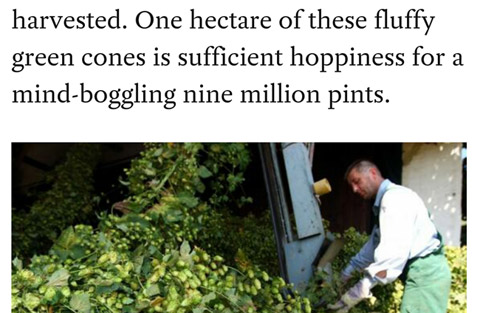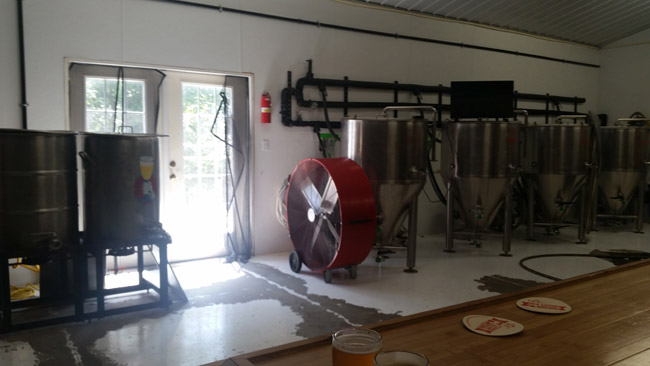 This press release from Avery Brewing in Colorado just landed in my inbox:
This press release from Avery Brewing in Colorado just landed in my inbox:
Did the Greeks brew beer? Our Beer Archaeologist and Special Projects Brewer, Travis Rupp, believes they did! Join us this Monday, September 19th at 6:30 pm for an examination of Bronze Age Brewing paired with Ancient Greek foods. During the dinner Travis will present and discuss evidence for brewing in the Minoan culture through a recreation of Mycenaean beer, Nestor’s Cup, the first in Avery’s Historical Ale Series!
This inaugural guided tasting will be paired with a series of Nestor’s Cup beer. Monday, September 19th at 6:30pm. Tickets are $30/person in advance and include three versions of Nestor’s cup beer served with three Greek influenced plates. Order tickets below. Call 303-440-4324 for more information for this special event.
The dinner is at the brewery in Boulder. Ticket details.
Travis spoke immediately before I did at Ales Through the Ages last March in Williamsburg, Va. Pro tip: If you find yourself making a presentation an event where Travis is also on the agenda ask for a spot other than directly after him. He killed it, as he has in two seminars at the National Homebrewers Conference.
The only thing that could have made them better is some recreated beer. And now Avery has remedied that.

